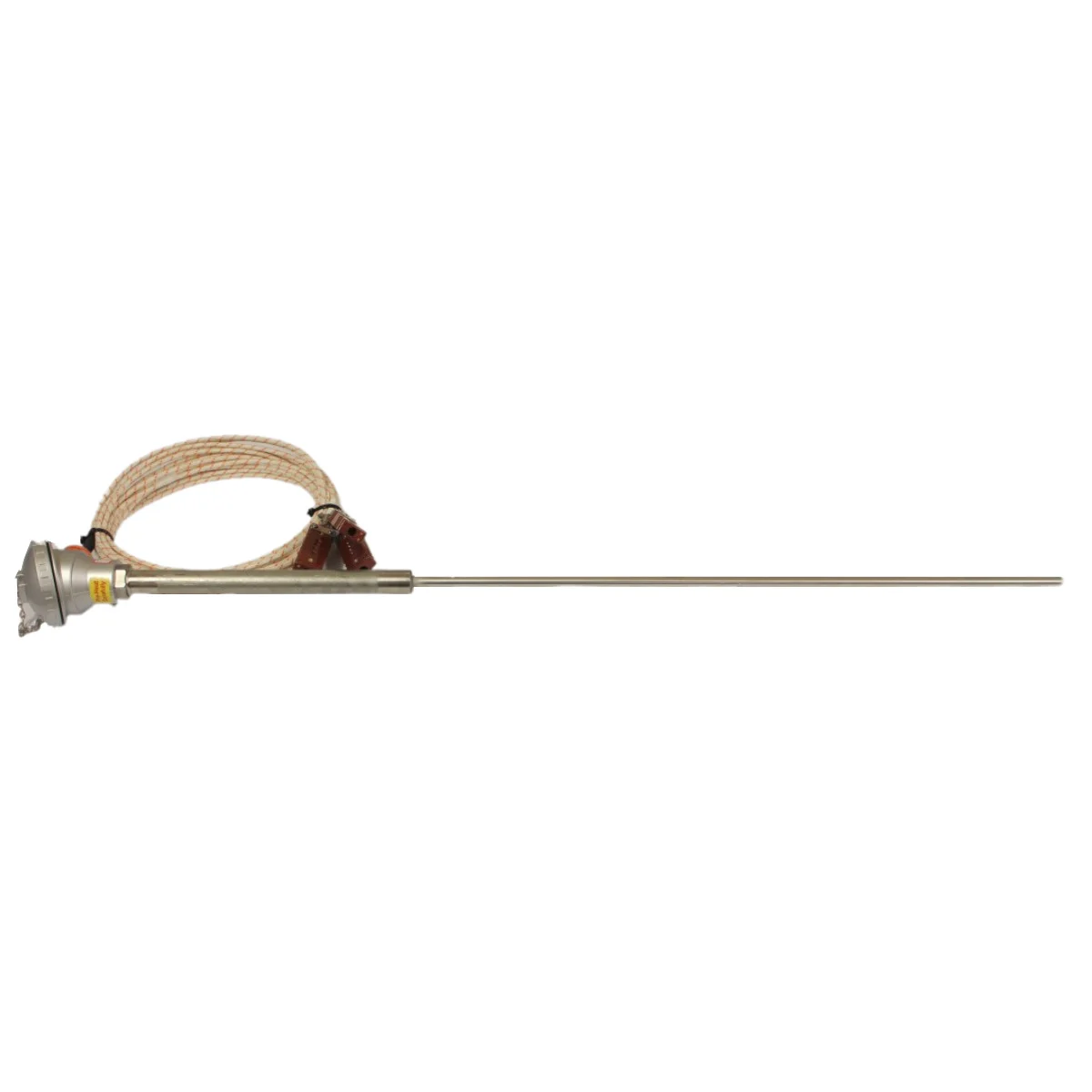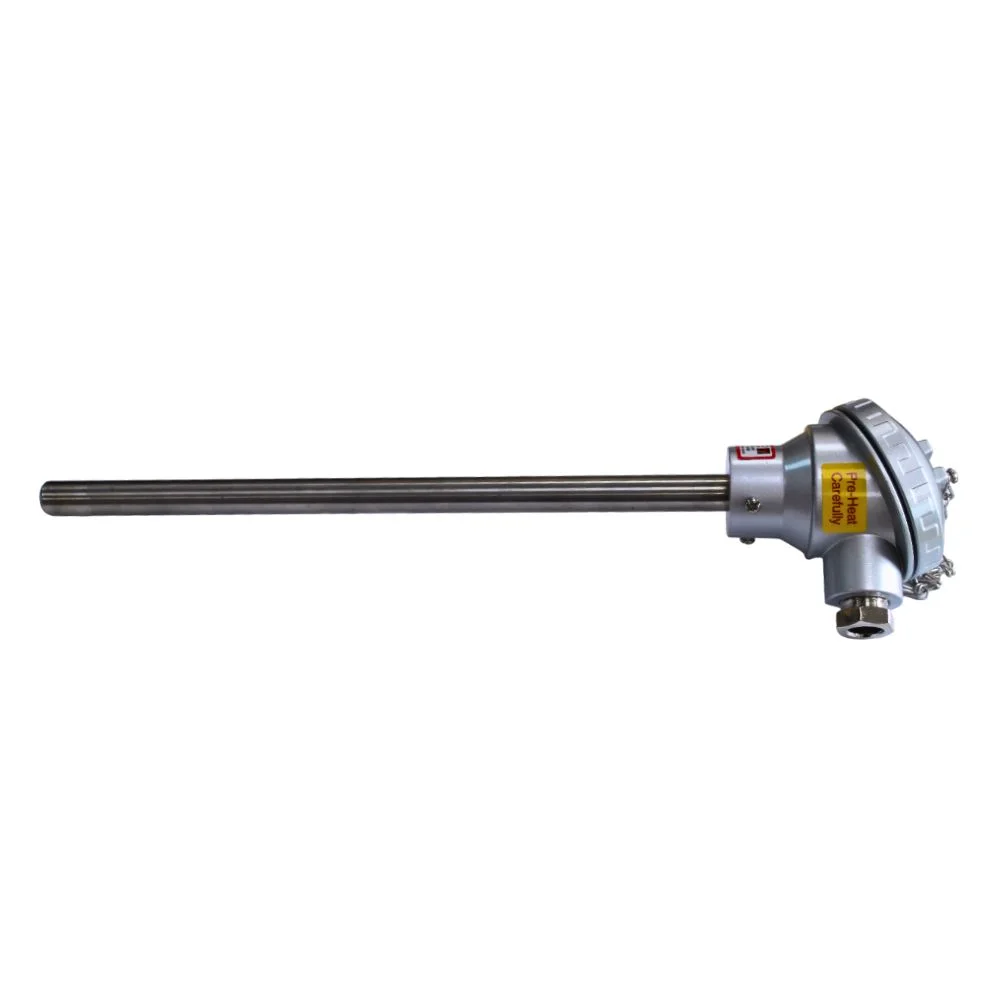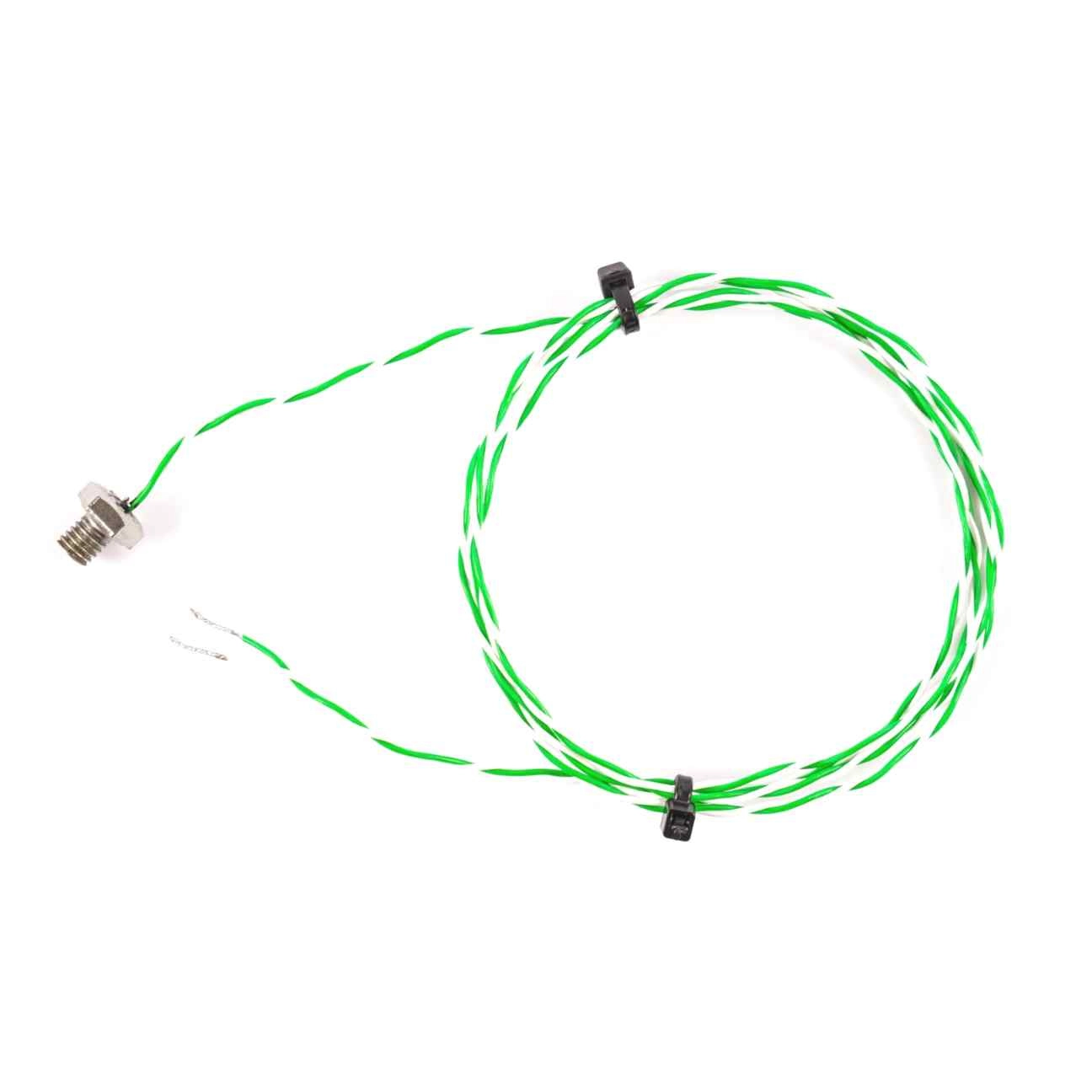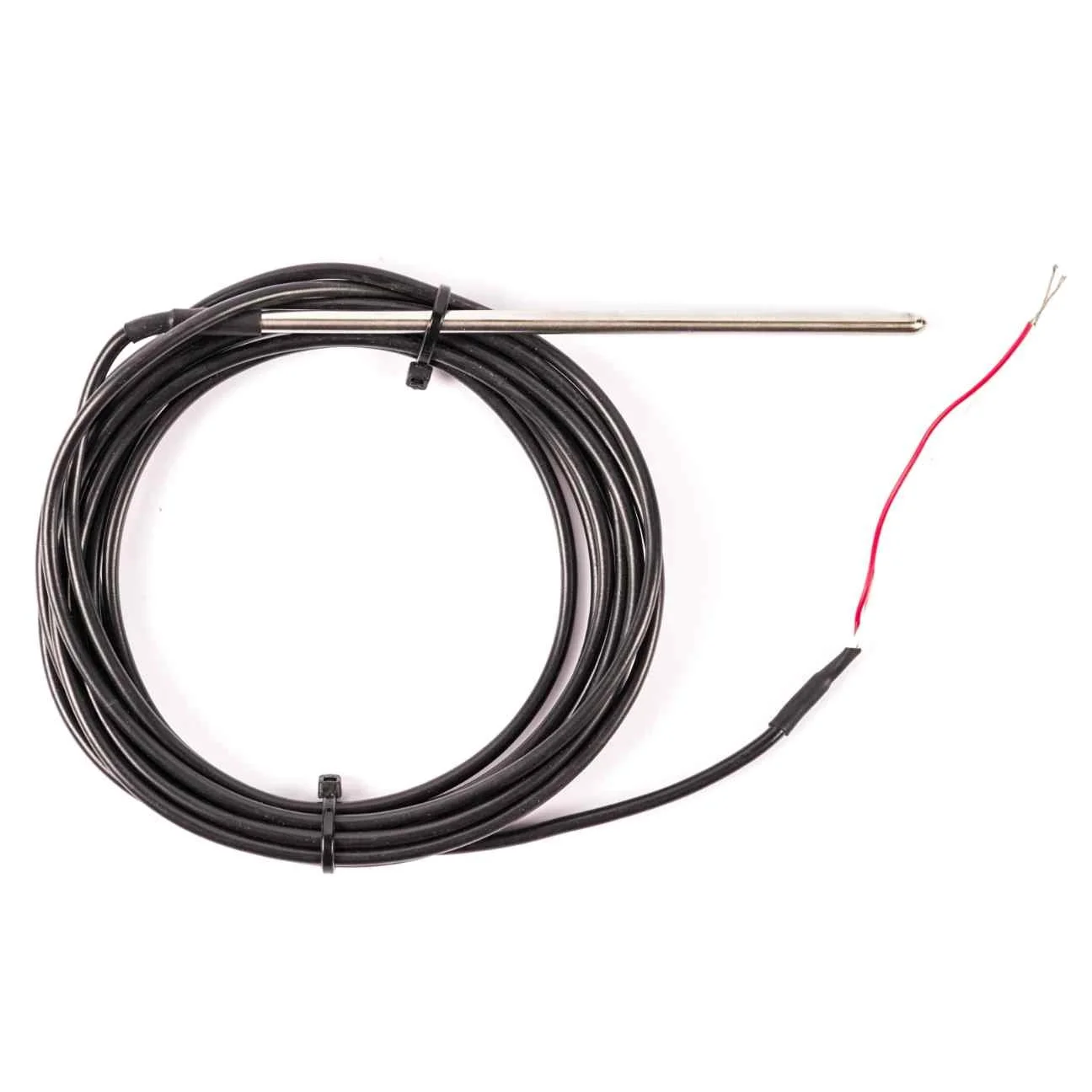How To Check A Faulty Temperature Sensor?

TL;DR — Quick Summary
Faulty temperature sensors such as thermocouples and resistance thermometers (RTDs) can cause inaccurate or erratic temperature readings. Common causes include electrical faults, environmental stress, or incorrect installation.
To check for faults:
- Look for error codes (e.g. “open circuit” or “out of range”) on your instrument.
- Check wiring, cable type, and connections.
- Use a multimeter to test sensor continuity and resistance.
- Physically inspect the sensor for visible damage.
- Confirm the correct setup of your transmitter or controller.
If in doubt, contact our experts at 01246 261999 or websales@peaksensors.com.
Why Temperature Sensors Fail
Temperature sensors, including thermocouples and RTDs, can degrade or fail for several reasons:
- Environmental factors – Excessive heat, humidity, corrosive chemicals, or mechanical shock.
- Mechanical stress – Vibration or impact damaging internal connections.
- Electrical overload – Power surges harming internal circuitry.
- Wear and tear – Ageing components losing accuracy.
- Contamination – Dirt or corrosion affecting sensor response.
- Calibration drift – Gradual loss of measurement accuracy.
- Manufacturing defects – Poor construction or soldering issues.
Tip: Regular maintenance and correct installation can help prevent sensor failure.
Common Symptoms of a Faulty Temperature Sensor
Faulty Thermocouple Symptoms:
- Erratic readings: Sudden spikes or drops.
- Open circuit: Very high readings or error code.
- Short circuit: Unnaturally low or negative readings.
- Drift: Gradual reading inaccuracies over time.
- Electrical noise: Interference from nearby devices.
- Physical damage: Corroded or broken wires, worn insulation.
Faulty RTD (Resistance Thermometer) Symptoms:
- Erratic or unstable readings.
- Open circuit: Out-of-range high temperature or error.
- Short circuit: Out-of-range low temperature.
- Drift or poor linearity.
- Self-heating: Sensor reads high due to excessive current.
- Visible damage: Cracked housing or exposed wires.
Step-by-Step: How to Troubleshoot a Faulty Sensor
- Verify Wiring and Polarity
- Ensure the +ve and -ve leads are correctly connected.
- Thermocouples are polarity-sensitive and can give incorrect readings if reversed.
- RTDs are not affected by polarity but still require proper connections.
- Check Compensating Cable
- Use only matching compensating cable (e.g. Type K thermocouple → Type K cable).
- Ensure continuous polarity from sensor to instrument.
- Avoid using compensating cable in high-temperature zones.
- Watch for Local Heat Sources
- Nearby heaters or motors may affect sensor accuracy.
- Relocate the sensor if ambient heat is interfering.
- Confirm Temperature Transmitter Settings
- Check transmitter output (commonly 4–20 mA) matches the instrument input.
- Check Temperature Controller Setup
How to Test with a Multimeter
Thermocouple Testing
- Set your multimeter to continuity (beeper) mode.
- Connect the +ve and -ve legs to the probes.
- A working sensor will beep (or not, depending on your multimeter’s logic) and show a resistance value.
- If the display reads OL (open line), the thermocouple is broken.
- Wiggle the wires to simulate any intermittent issues.
Resistance Thermometer (RTD) Testing
- Set your multimeter to Ohms (Ω).
- Connect same-colour leads together (e.g. white to white, red to red).
- Check for expected resistance:
| Ohms reading at Room Temperature (20-25°C) | Resistance Thermometer Type |
|---|---|
| 107.793-109.735Ω | Pt100 |
| 538.967-548.673 Ω | Pt500 |
| 1077.935-1097.347Ω | Pt1000 |
| ~0Ω | Broken sensor or not a resistance thermometer |
Still Unsure? We’re Here to Help
If you’re still unsure whether your sensor is at fault, contact our expert team:
📞 01246 261999
📧 websales@peaksensors.com
Or browse our full range of high-quality Temperature Sensors built for industrial use.
Frequently Asked Questions (FAQ)
What does “Open Circuit” mean on my controller?
This means your sensor isn’t properly connected, or there’s a break in the circuit.
Can I use any cable to extend a thermocouple?
No, only matching compensating cable should be used, or you’ll get inaccurate readings.
How often should sensors be calibrated or replaced?
This depends on usage and environment. Typically, calibrate annually and replace as needed or when symptoms appear.
What’s the difference between RTD and thermocouple faults?
Thermocouples often show erratic or reversed readings when faulty, while RTDs may show wrong resistance or complete failure.
Contact Peak Sensors
The above guide is aimed at helping you identify problems with your resistance thermometers and thermocouples. Peak Sensors are experts in temperature sensors and a shortcut to solving your RTD or thermocouple problems is to contact us. We can help solve your temperature sensor problems and either repair or manufacture replacement sensors.




